#james pradier
Explore tagged Tumblr posts
Text


The three Graces by James Pradier
#espera#sleep token espera#sleep token#sleep token fanart#fanart#the three graces#james pradier#espera sleep token#espera fanart
824 notes
·
View notes
Text

James Pradier, Satyr & Bacchande
58 notes
·
View notes
Text

Venus in a Shell with Dolphins by James Pradier (1790–1852)
70 notes
·
View notes
Text
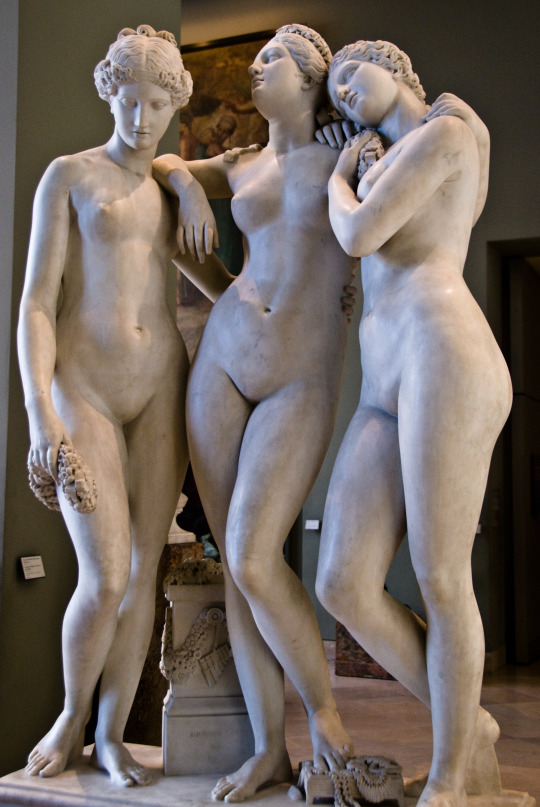
James Pradier Les Trois Grâces (Louvre) 1831
917 notes
·
View notes
Text

James Pradier- La Toilette d'Atalante.
7 notes
·
View notes
Text
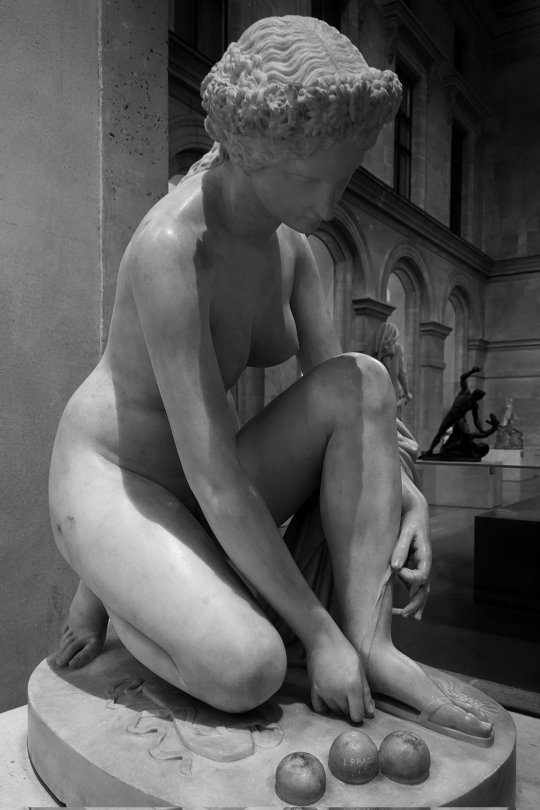
La Toilette d'Atalante de Jean-Jacques chamado James Pradier
35 notes
·
View notes
Text

James Pradier
15 notes
·
View notes
Text
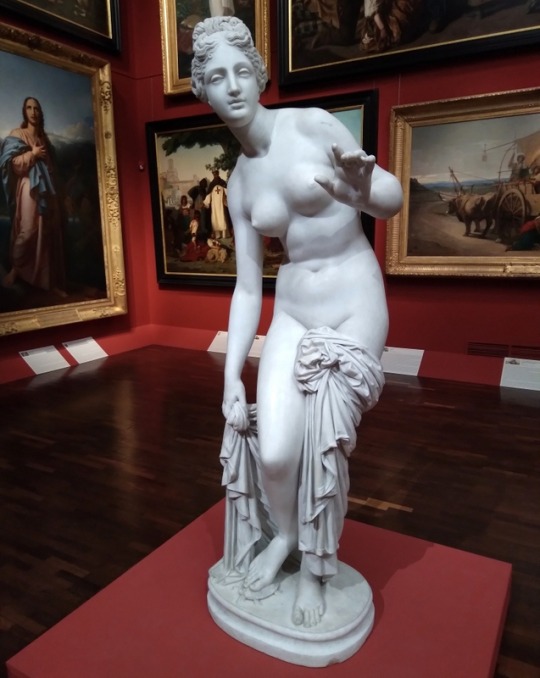
Jean Jacques dit James Pradier-Venus surprise au bain 1829
0 notes
Text

'Venus with a Shell'. James Pradier. 1790-1852.
3K notes
·
View notes
Text
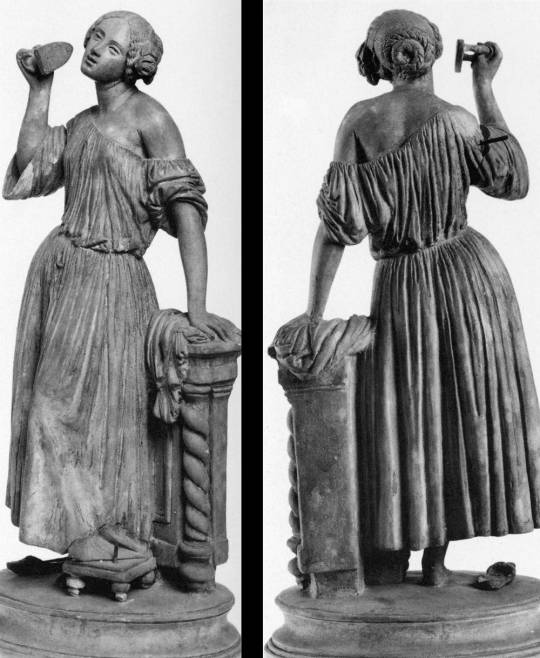
PRADIER, James The Ironer (La Repasseuse) c. 1850 Bronze Musée d'Art et d'Histoire, Geneva
94 notes
·
View notes
Text
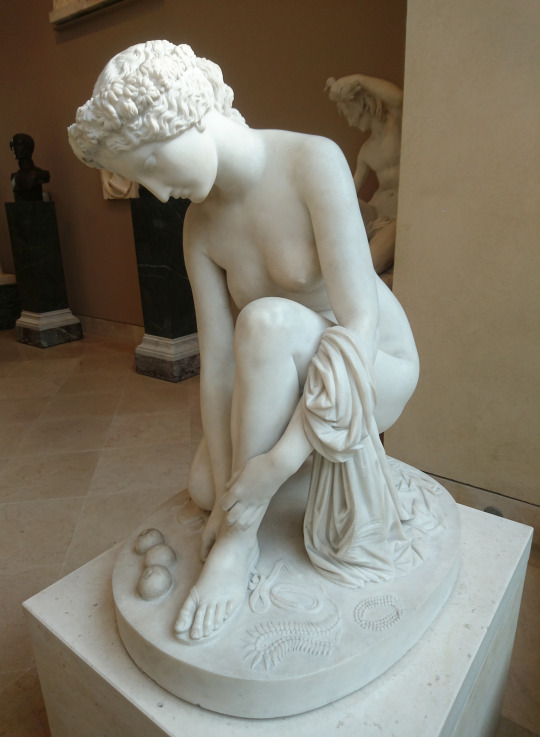
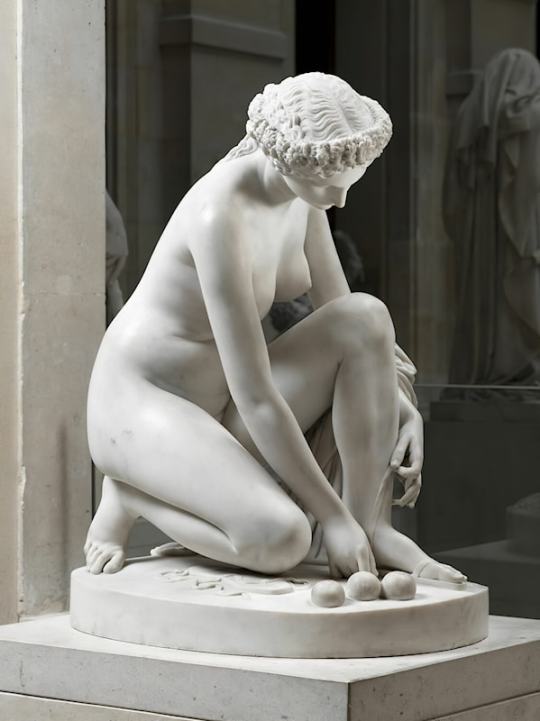
James Pradier, 1790-1852
The Toilette of Atalante, 1850, marble, 97x60x75 cm
Musée du Louvre Inv. ML 136 / N 15571
59 notes
·
View notes
Text
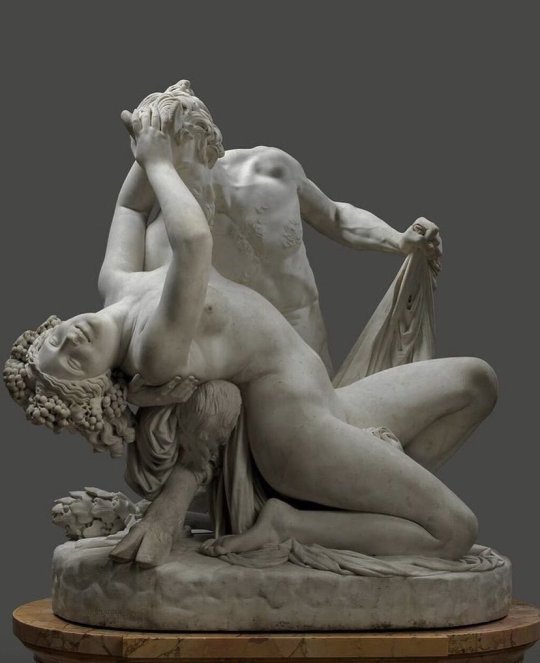

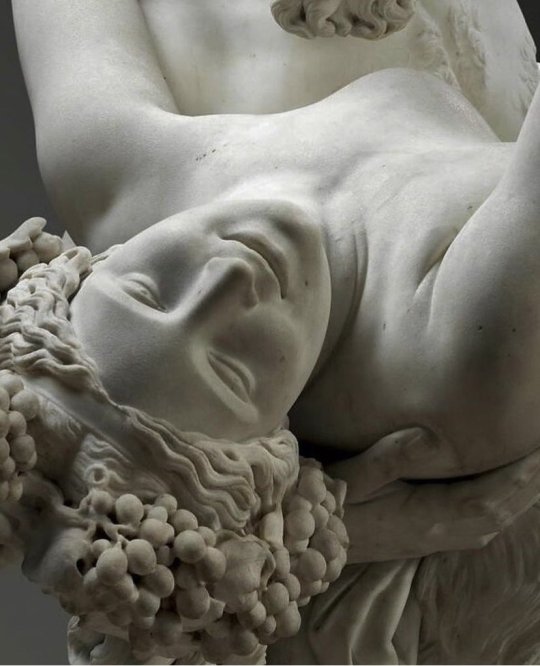
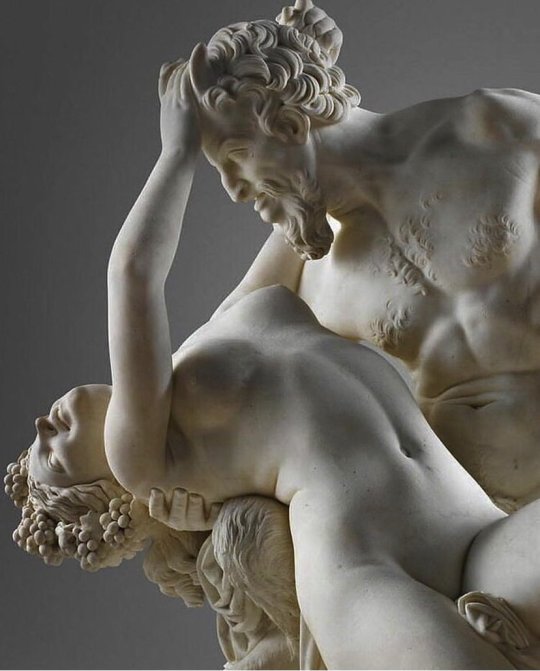
SATYR AND BACCHANTE /1834/ by JAMES PRADIER
The sculpture depicts a satyr (a mythical creature with the upper body of a man and the lower body of a goat) embracing a bacchante (a female follower of Bacchus, the Roman god of wine and ecstasy). The bacchante is often portrayed in a state of joy and ecstasy, as a result reflecting the themes of fun and abandon associated with the god Bacchus.
In this sculpture,the figures are idealized and sensual, hence serving as an embodiment of the gracefulness and harmony typical in neoclassical style of art. This composition highlights the intertwined forms of the Satyr and the Bacchante while showing dynamism in their interaction
The sculpture is symbolic of the mythological narrative of Bacchus and his followers, celebrating the pleasures of wine, music, and dance. The ecstatic expression on the bacchante's face and the embrace of the satyr describe this uninhibited spirit that bursts forth, capturing themes associated with Bacchic revelry such as fertility, vitality, and sensual delight.
The statue exemplifies the greater artistic currents of its time. Neoclassical artists were trying to return to the ideals that existed in ancient Greece and Rome, using mythological subjects to express timeless themes of the human experience.
#satyr#bacchus#greek myth art#greek sculpture#bacchante#neoclassicism sculpture#neoclassicism#romanticism
118 notes
·
View notes
Text

Wounded Niobid. 1822. James Pradier French 1790-1852. marble
31 notes
·
View notes


